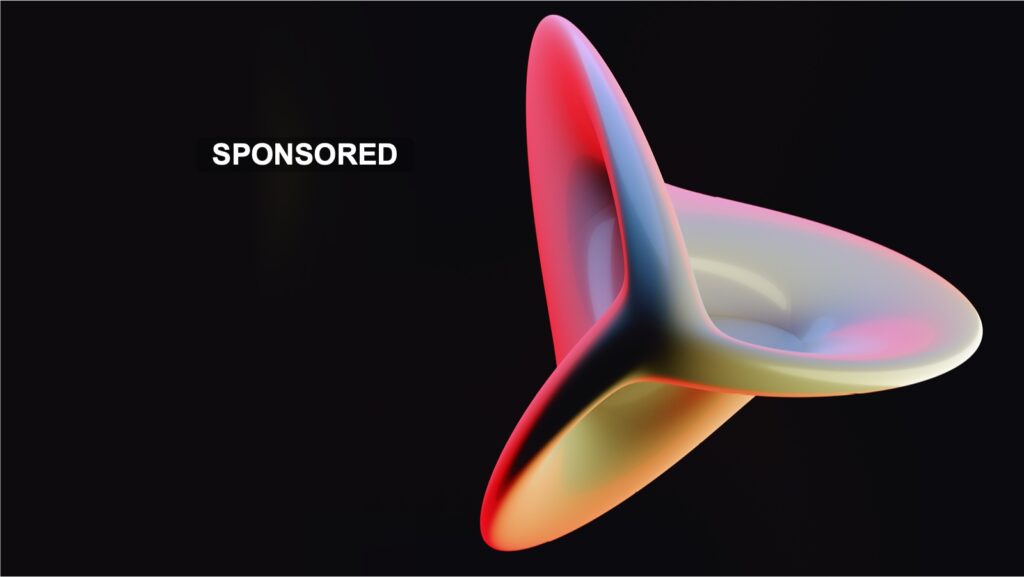New digital asset ecosystems are the drivers for a complete transformation of securities post-trade, but what does this mean for the custodian and what is the best way to prepare? Deutsche Bank’s Boon-Hiong Chan explains.

The white paper The triple revolution in securities post-trade is a guide to how the digital asset ecosystem evolved. Convergence with traditional finance is discussed, along with the growth possibilities now available to the digital asset custodian. The entire paper can be downloaded by clicking here.
Foundation of today’s digital assets
Today’s digital assets world has three rich and large ecosystems for new participants and market structures to build on:
1) Cryptocurrencies
2) Tokenised financial assets
3) Central bank digital currencies (CBDCs)
Bitcoin started as a disruptive payment method and a medium of value. They have been joined by stablecoins which have stepped in to adopt the latter role – although volatilities in 2022 has seen their stability questioned – while Bitcoin and other cryptocurrencies have become more asset-like. Another cryptocurrency, Ethereum, provided the foundations for the decentralised finance (DeFi) space. Utilising smart contracts as agents, it has offered innovative reinterpretations of “on-chain” borrowing, lending and market making activities.
“These new digital assets are … gradually re-ordering the competitive dynamics”
Tokenised financial assets grew from the abstraction of key characteristics from cryptocurrency’s underlying DLT. With features including programmability and concurrency, it is allowing “intermediary-lite” direct issuance by issuers to investors
CBDCs, the third ecosystem, are national digital currencies being designed to introduce digital payment methods, programmable payments, digital central bank trust and as a future channel for monetary policies.
The digital assets custodian
As a result of the changes driven by these digital assets, the report looks forward to a future in which the digital asset custodian would perform new asset protection roles, via:
• The sub-custody model: The investor’s custodian appoints a tokenised asset platform as its sub-custodianif the private keys cannot leave the platform. The platform will use APIs to update the traditional custodian’s IT systems
• The account operator model: The custodian takes on an account operator role via a node to access the platform to safeguard and operate the private keys to digital assets
• The crypto-inspired model: The investor’s custodian may exchange the platform’s tokenised asset for a “wrapped” version that it can directly control. Acting as a digital depository receipt, the wrapped token will represent the unit of the underlying tokenised assets
The ability to interoperate investors’ accessibility into the choice of permissioned platform (either on public chain or private network) opens new possibilities for a digital asset custodian. These include acting as an asset tokeniser in a depository receipt model, as a DLT platform operator on which investors would participate, as a part of digital fund services or integrated with crypto brokers.

Boon-Hiong Chan is Global Head, Fund Services Product Management; APAC Head, Securities Market & Technology Advocacy, Deutsche Bank Securities Services











